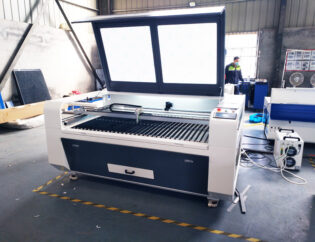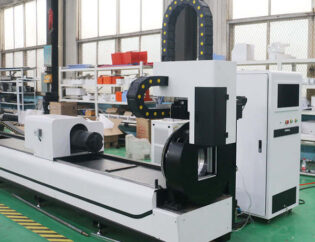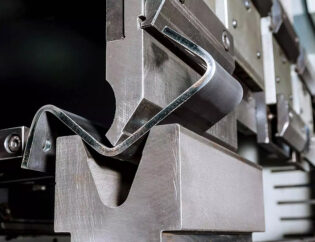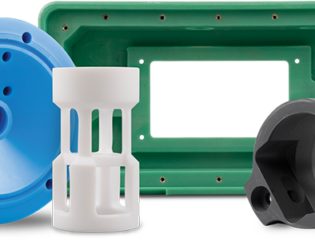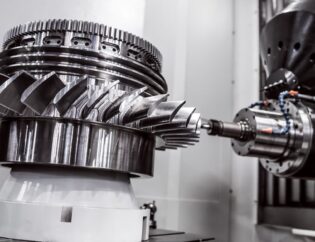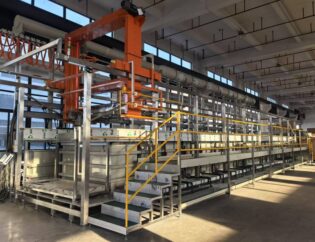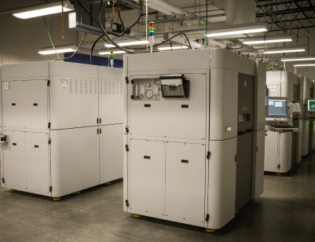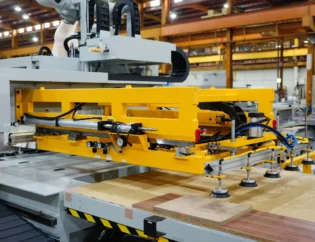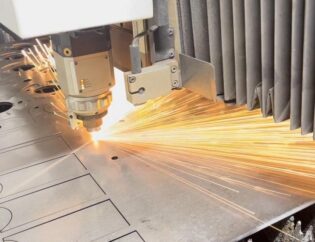CNC clamping is a critical aspect of precision machining that ensures workpieces are securely held during the manufacturing process. Proper clamping techniques not only enhance accuracy but also improve safety and efficiency in CNC operations. Understanding the nuances of clamping can significantly impact the quality of the final product.
In this guide, readers will explore various clamping methods, tools, and best practices. We will delve into the importance of selecting the right clamps for different materials and applications. Additionally, we will cover troubleshooting common clamping issues to optimize performance.
By the end of this guide, readers will have a comprehensive understanding of CNC clamping techniques. They will be equipped with the knowledge to implement effective clamping solutions, ultimately leading to improved machining outcomes and increased productivity in their operations.
The Ultimate CNC Clamping Guide
In CNC machining, the choice of workholding method can make a significant difference in productivity, accuracy, and ease of handling. From clamping to advanced vacuum pods, each holding technique has specific strengths, especially when considering the flexibility of materials and setup times. Let’s explore five popular methods and discuss when each might be the best choice.
Comprehensive Insights into CNC Clamping Methods
CNC clamping methods are essential for securing workpieces during machining processes. The right clamping system can enhance precision, reduce setup time, and improve overall efficiency. Below, we delve into the technical features and differences among various clamping types.
Technical Features Comparison
| Feature | Clamping | Double-Sided Tape | Hot Glue | Fiberglass Nails | Vacuum Pods |
|---|---|---|---|---|---|
| Best For | Large, rigid materials | Flat, lightweight materials | Thin or irregular shapes | Heavier, flexible materials | Large, flat non-porous items |
| Setup Time | Medium | Quick | Moderate | Medium to high | Higher initial setup |
| Flexibility | Rigid materials | Non-porous, lighter materials | Excellent for fragile materials | Great for flexible sheets | Exceptional for flat workpieces |
| Surface Damage | Minimal | Can leave residue | Can leave residue | Small holes | No surface damage |
| Cost | Moderate | Low | Low | Moderate | High |
Types of CNC Clamping Systems
- Clamping
- Description: Clamping is one of the most widely used methods in CNC workholding. It’s suitable for materials that can handle the pressure from clamps without deforming.
- Pros: Reliable and provides high precision.
-
Cons: Can obstruct parts of the material, limiting access to edges.
-
Double-Sided Tape
- Description: This method offers an affordable and quick setup, making it a favorite for fast prototyping or smaller projects.
- Pros: Quick and easy to apply.
-
Cons: May not hold up well with thicker materials.
-
Hot Glue
- Description: A versatile option for temporary setups or irregularly shaped pieces, hot glue is affordable and easy to apply.
- Pros: Adaptable to different shapes and contours.
-
Cons: Cleanup can be tedious due to residue.
-
Fiberglass Nails
- Description: These low-profile nails provide a strong hold with minimal impact on the workpiece surface.
- Pros: Strong grip with minimal surface damage.
-
Cons: Setup time can vary based on the nail gun used.
-
Vacuum Pods
- Description: Vacuum pods create a solid hold without any clamps or adhesives, ideal for large, flat workpieces.
- Pros: Exceptional stability and no surface damage.
- Cons: Higher initial setup time and cost.
Differences in Clamping Types
| Type | Pros | Cons |
|---|---|---|
| Clamping | Reliable, high precision | Can obstruct access to edges |
| Double-Sided Tape | Quick setup, affordable | May leave residue, not suitable for heavy materials |
| Hot Glue | Versatile, easy to apply | Cleanup can be tedious |
| Fiberglass Nails | Strong hold, minimal surface impact | Varies in setup time |
| Vacuum Pods | No surface damage, exceptional stability | Higher cost and setup time |
Conclusion
Choosing the right CNC clamping method is crucial for achieving optimal results in machining. Each method has its unique advantages and limitations, making it essential to consider the specific requirements of your project. Whether you opt for traditional clamping, innovative vacuum pods, or versatile double-sided tape, understanding these methods will enhance your CNC machining experience.
FAQs
1. What is the best clamping method for large materials?
The best clamping method for large materials is traditional clamping, as it provides reliable and high precision.
2. Can double-sided tape be used for heavy materials?
No, double-sided tape is not suitable for heavy materials as it may not hold up well under pressure.
3. How does hot glue compare to traditional clamps?
Hot glue is more versatile for irregular shapes but may require cleanup, while traditional clamps provide more reliable holding for rigid materials.
4. Are fiberglass nails easy to remove?
Yes, fiberglass nails leave small holes that are often inconspicuous and can be easily filled, making them relatively easy to remove.
5. What are the advantages of using vacuum pods?
Vacuum pods offer exceptional stability and do not cause surface damage, making them ideal for large, flat workpieces. However, they require a higher initial setup cost.

